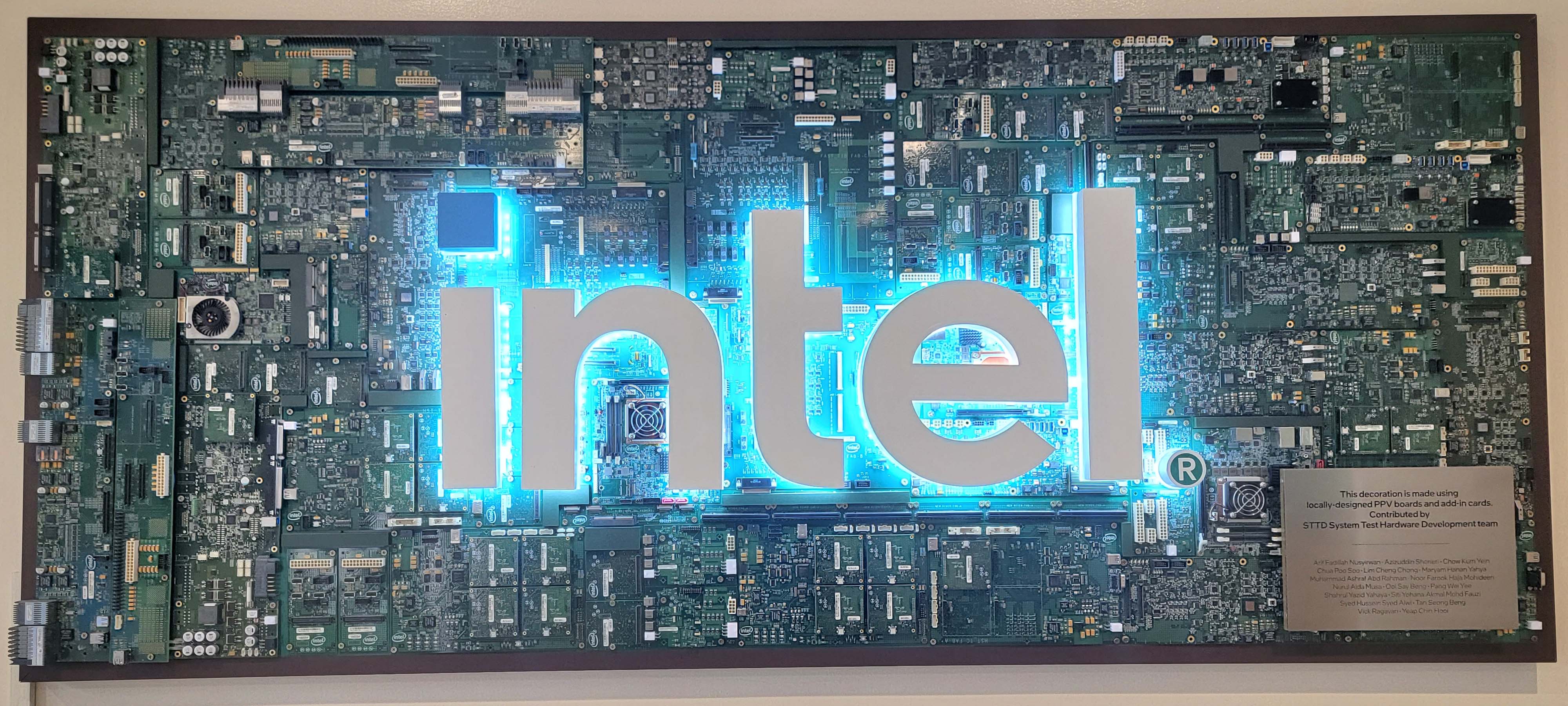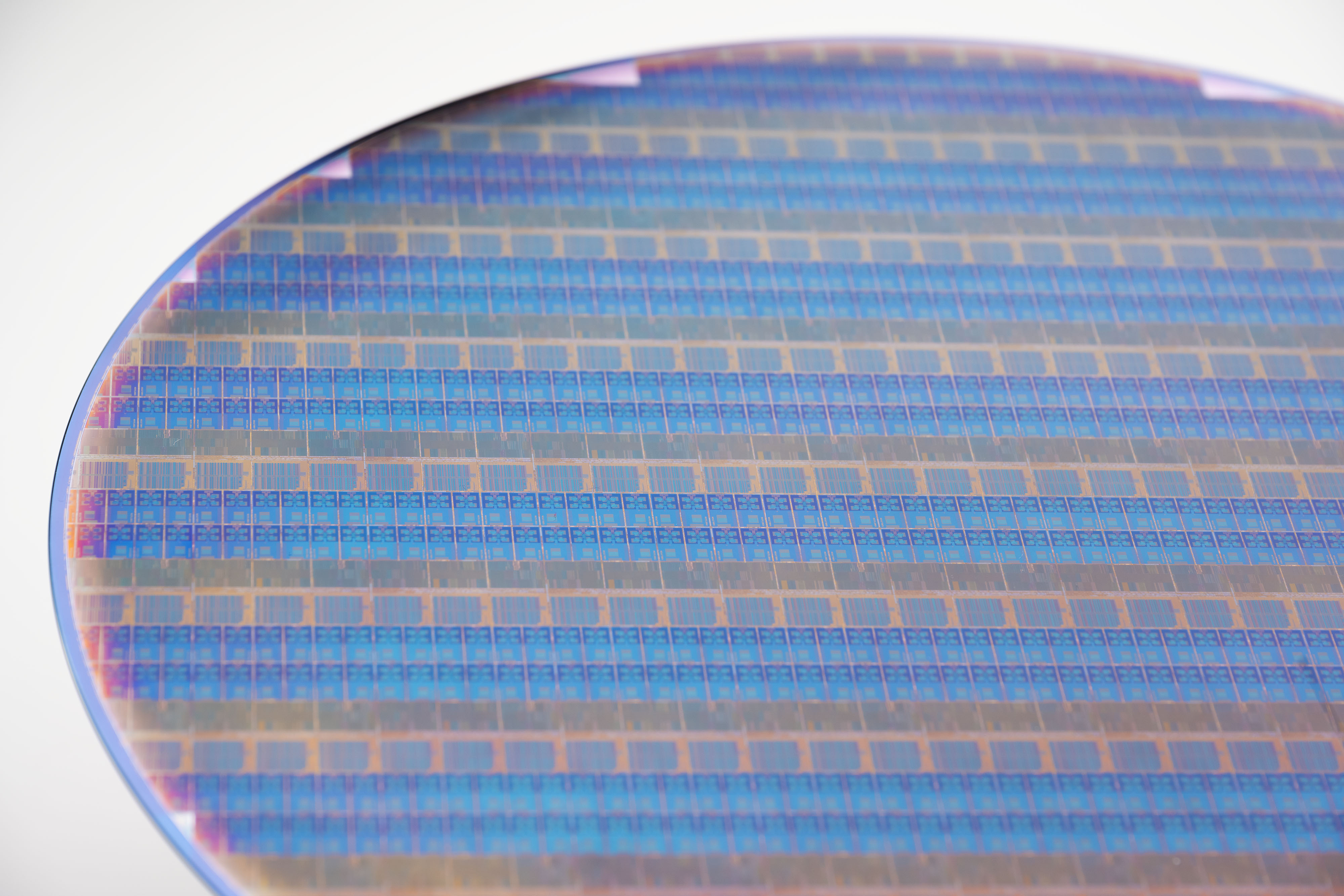Intel and United Microelectronics Corporation (UMC), Taiwan’s second-largest foundry behind TSMC, haveannounced a partnershipto produce processors on a new 12nm node jointly developed by the two firms. The new 12nm node will be produced in three of Intel’s Arizona fabs beginning in 2027, marking a big step towards the US’s strategic goals of bolstering semiconductor self-sufficiency. We had an opportunity to speak with Stuart Pann, Intel’s senior vice president and general manager of Intel Foundry Services, and learned several details about the agreement.
Intel Foundry Services (IFS) will produce the new node in its Fabs 12, 22, and 32, located at its Ocotillo Technology Fabrication site in Arizona, and the node will be made available to external customers. The new 12nm process, which will be used primarily for mobile communication infrastructure and networking applications, will feature industry-standard design tools (EDA) and process design kits (PDK), simplifying adoption for external customers.

These three fabs already produce Intel’s existing 10nm and 14nm nodes, but both of these nodes leverage many of the same tools for production, and Intel will also leverage many of those tools for its new 12nm production (Intel has noted in the past that 90% of the tools were transferable between the 10nm and 14nm nodes). Given that these nodes have been in production for many years, the tools and fabs are mostly already depreciated (i.e., paid for), leaving room for Intel to employ many of these same tools for the production of the new 12nm node to help reduce additional CapEx and maximize profits. These three fabs will slowly roll off work on the 10nm and 14nm nodes as Intel moves towards production of the new Intel/UMC 12nm node in 2027, thus making capacity available for the new node.
UMC will bring some new capabilities to IFS that it currently doesn’t have, such as RF and WiFi production technologies, thus expanding IFS’s addressable market. As such, UMC will also install some of its specialized production tools at these sites.

For UMC, the deal gives it relatively fast access to Intel’s tremendous production capacity, chipmaking tools, existing supply chains of external suppliers, and a workforce already in place, all right in the US — a region pining for an alternative to foreign-sourced chips produced on mature nodes.
UMC will handle the go-to-market activities of bringing the new node to market, thus leveraging its existing channel, customers, and relationships. However, Intel will inevitably also interface and engage with those customers during the manufacturing process, thus giving it much-needed experience and access to new potential avenues for its IFS initiative.

Intel already has chips on nodes comparable to 12nm, such as 14nm, 10nm, or even 22nm. In fact, the company’s 22FFL process is now available in the form of the Intel 16 node produced by IFS with standardized design tools and PDKs. The new 12nm node will step in as a newer and more efficient node that also has more optionality due to the addition of UMCs' aforementioned special technologies.
Get Tom’s Hardware’s best news and in-depth reviews, straight to your inbox.
Intel isn’t disclosing the financial details of the agreement with UMC. The new deal will open up a new front of competition with the US-based GlobalFoundries, which also appeals to US customers looking for mature node production on a 12nm-class process. Naturally, it will also compete with TSMC’s extensive arsenal of mature nodes.
The IFS collaboration with UMC is part of the company’s broader strategy of entering into the market for mature nodes, a must for a third-party foundry, as it aims to become the world’s second-largest foundry by 2030. Intel and Tower Semiconductor, a leading mature node foundry, also have a semiconductor production agreement. After the two attempted to merge, a deal scuttled by aChinese regulatory agency’s incessant delays,Intel agreed to produce 65nm chips for Towerin its 11X fab in New Mexico.
“Taiwan has been a critical part of the Asian and global semiconductor and broader technology ecosystem for decades, and Intel is committed to collaborating with innovative companies in Taiwan, such as UMC, to help better serve global customers,” said Stuart Pann, Intel senior vice president and general manager of Intel Foundry Services (IFS). “Intel’s strategic collaboration with UMC further demonstrates our commitment to delivering technology and manufacturing innovation across the global semiconductor supply chain and is another important step toward our goal of becoming the world’s second-largest foundry by 2030.”Intel has long lived on the leading edge of process technology, designing and producing chips only on the latest nodes, and then quickly moving to new technologies. Moving to a third-party foundry model with IFS requires keeping its current nodes alive and in production for much longer, thus maximizing its investments in both tools and facilities. This means its current leading-edge IFS nodes, like Intel 3, 20A, and 18A, will eventually transition to production as mature nodes in the future. However, Intel won’t have a readily apparent “dual-track” roadmap with both Intel/UMC and Intel-only nodes on offer. Intel tells us it will continually refine its existing nodes as they transition to mature nodes, thus offering differentiated options for the mature node business.For now, Intel doesn’t have any firm commitments with UMC for future engagements beyond the jointly developed 12nm node and is focused solely on filling the production capacity for the project, but it isn’t ruling out that possibility in the future.
IFS is slated to reveal its roadmap at itsIFS Direct Connect conferencenext month. We’ll be sure to learn more at the event; stay tuned.
Paul Alcorn is the Editor-in-Chief for Tom’s Hardware US. He also writes news and reviews on CPUs, storage, and enterprise hardware.